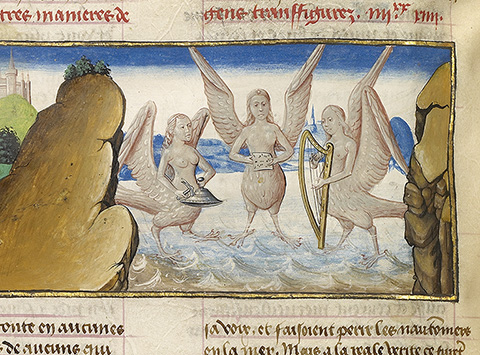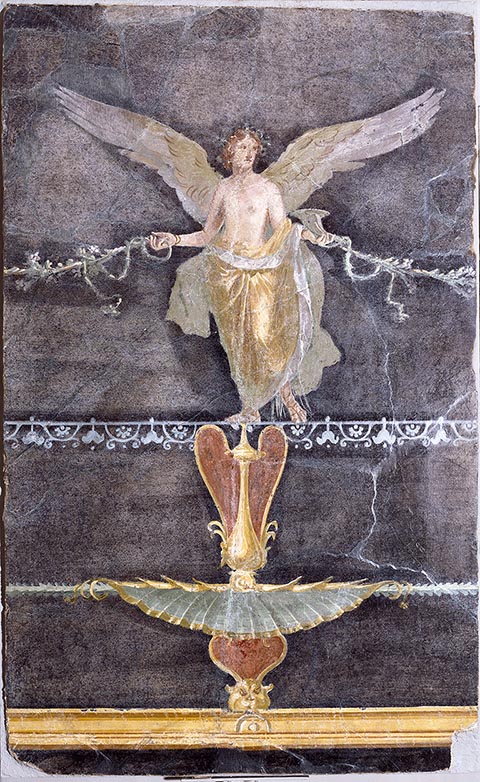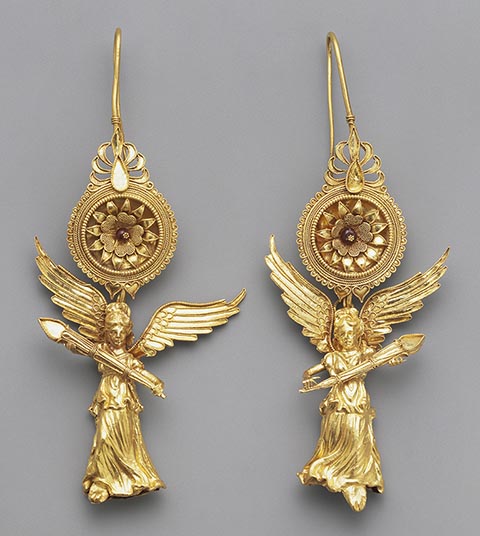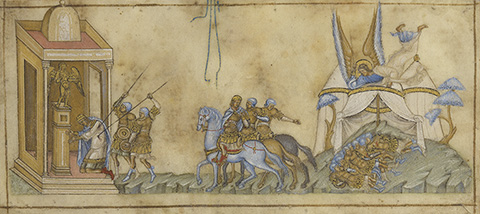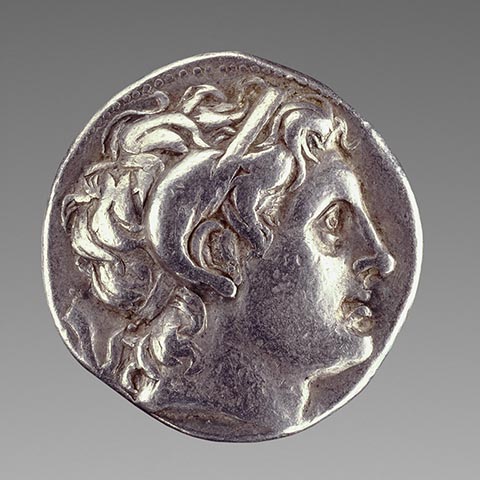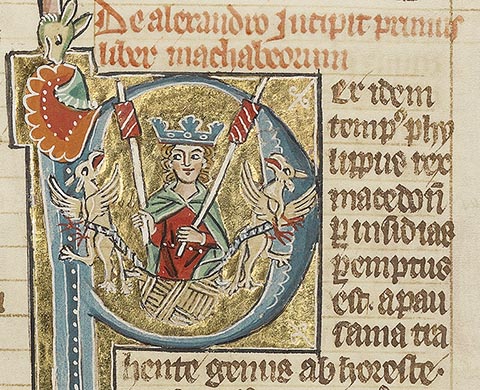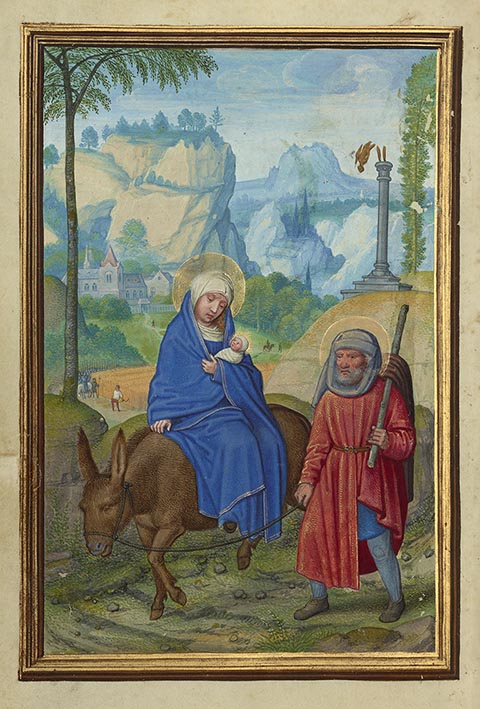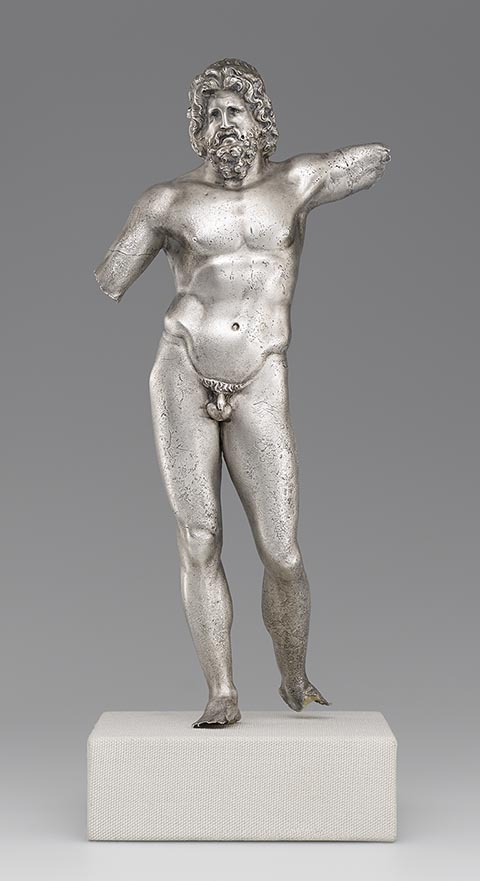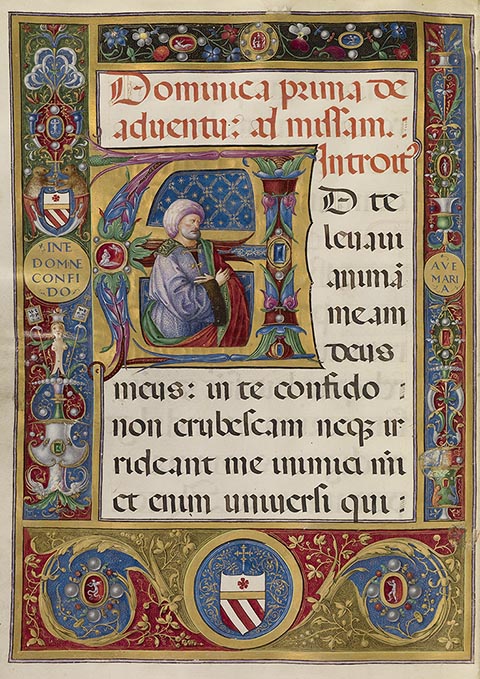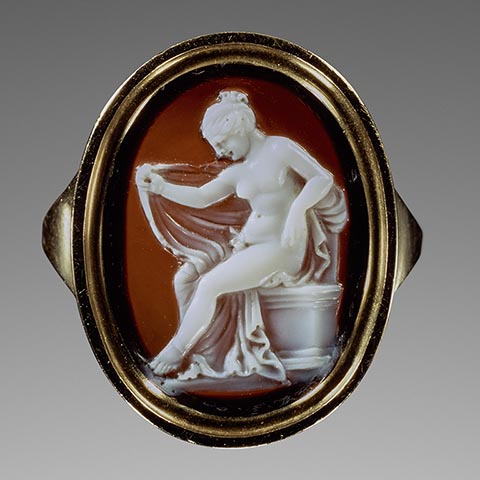In the 9th-century Carolingian Empire, scribes and artists played a leading role in the preservation and interpretation of ancient culture. Lawrence Nees, professor of art history at the University of Delaware, explains how the creators of Carolingian manuscripts utilized and adapted older sources, but also created new works in an antique manner.
Thursday, May 4, 7:00 p.m.
Getty Center, Museum Lecture Hall
Remembering Antiquity: The Ancient World through Medieval Eyes
January 24–May 28, 2017Getty Center
In a rare juxtaposition of antiquities from the Getty Villa and manuscripts from the Museum’s collection, this exhibition explores medieval responses to the ancient world. For more than a thousand years following the fall of Rome (476 A.D.), classical culture lived on in European literature and art. Medieval scribes translated and preserved classical texts, while artists adapted and embellished images of ancient rulers and mythical heroes for inclusion in Christian manuscripts. Although the “rediscovery” of Greek and Roman culture is often associated with the Renaissance, antiquity was never forgotten.
RELATED EVENT
TALK
MOBILE TOUR
Free GettyGuide® Multimedia Player

Pick up a multimedia player free of charge in the Museum Entrance Hall.
GETTY IRIS BLOG
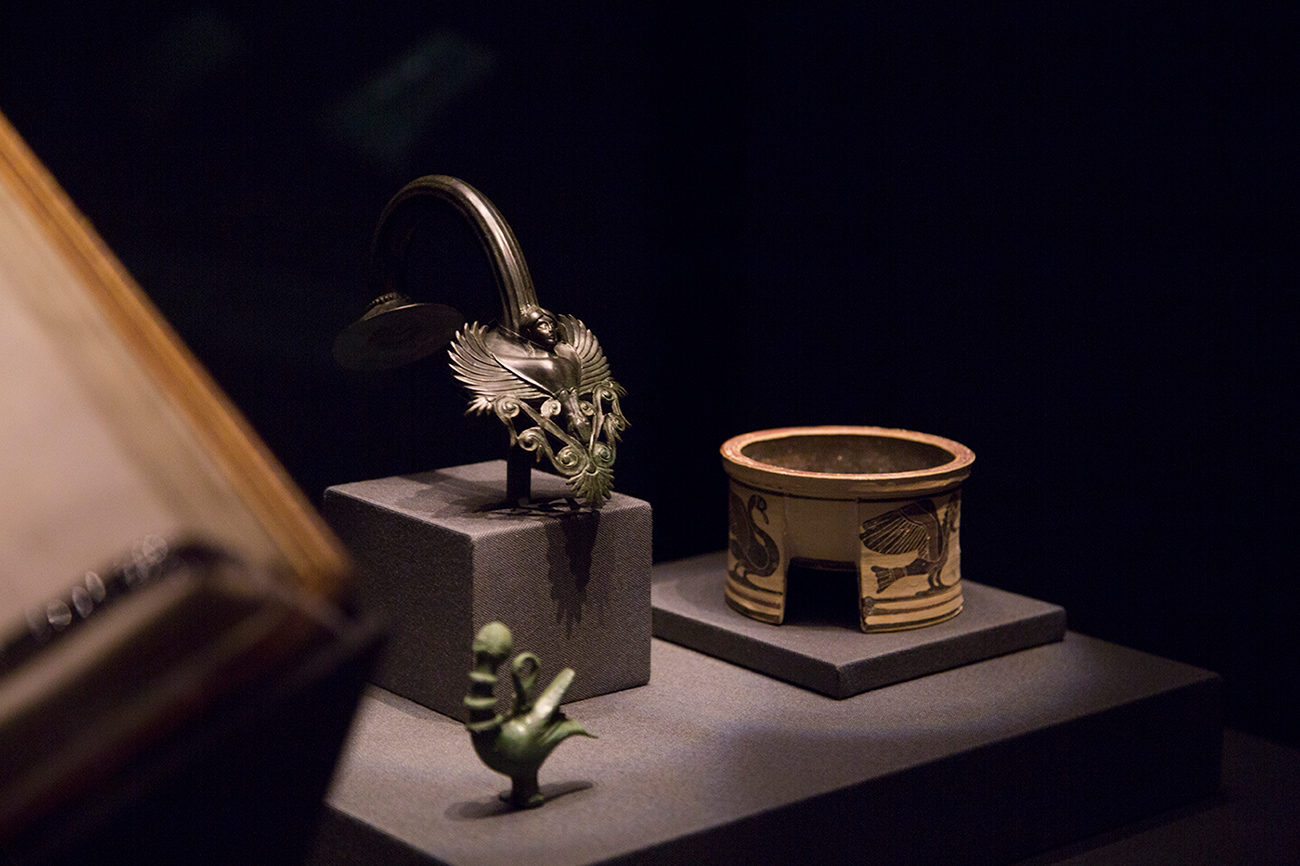 "The Many Renaissances of Medieval Europe" | Getty Iris
"The Many Renaissances of Medieval Europe" | Getty Iris
An exhibition of illuminated manuscripts and Greek and Roman antiquities questions the idea that medieval artists operated in the dark.
